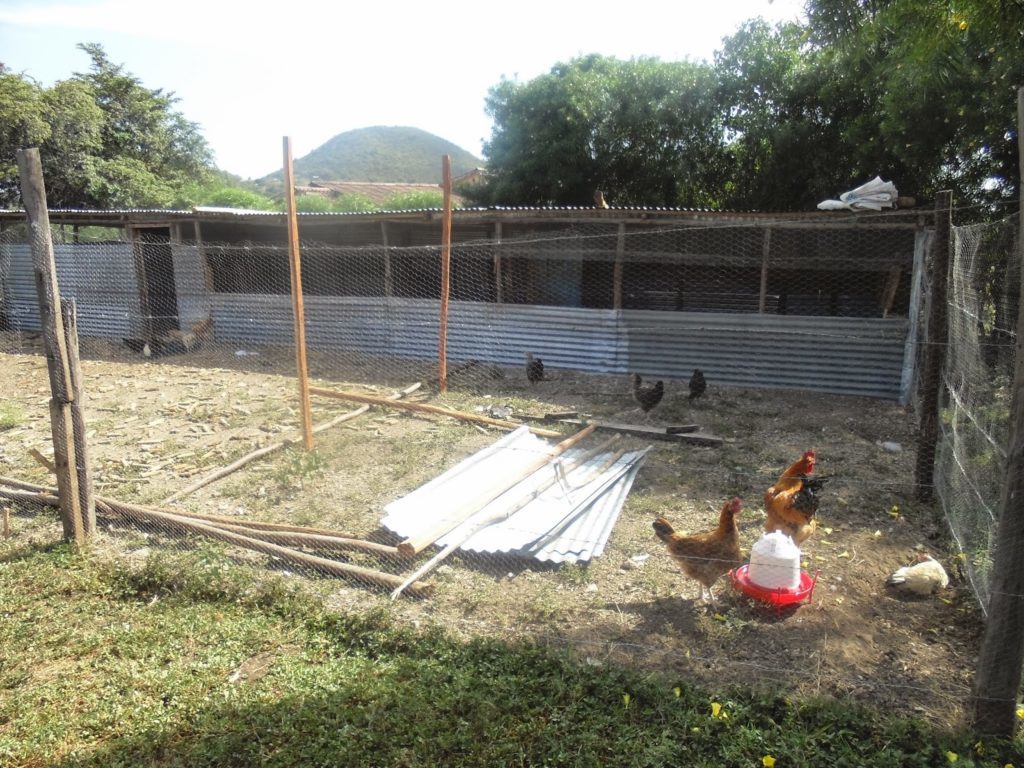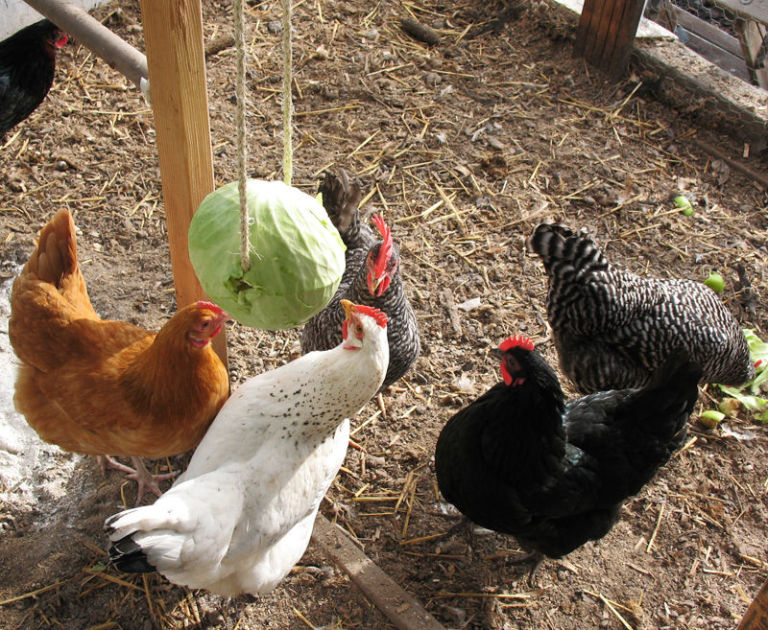After the first 8 weeks feeding them only on chick mash, supplying fresh clean water and following a strict vaccination routine on this farm, we lost only 10 chicks out of the first 200 supplied by the hatchery at KARI Naivasha. These are the Improved Kienyeji breeds. We decided to pasture the chicken so that they can get exposed to sunshine, toughen up and also diversify their diet.

Feeding the Improved Kienyeji chicks on the pasture and allowing them to scavenge is advantageous on many fronts. It exposes them to a more spacious environment and reduces diseases, injuries, cannibalism, and high mortality rate. The chicken grow up happy and produce very delicious meat when sold in the marketplace. The eggs will have a more yellowish yolk too-the deep yellow color as opposed a faded yellow for confined chicken.

Chicken love cabbages
While indoors, you can hang cabbages, spinach and sukuma wiki with wire attachments. These will be great source of vitamins for the kienyeji chickens. Every day, you can hang 4 cabbages for a flock of 200 birds that they can peck at. This will supplement the diet and reduces their feeding costs as you transition to growers mash from week 8 onwards. Once you are done with the first 8 weeks, you should also be thinking of formulating your own kienyeji mash that can reduce your feeding costs by up to 65%. Check out our Kienyeji Feed Formulation Manual for information on how you can reduce the cost of feeding.

The other advantages of pasture
When you keep your chicken indoors for a long duration of time, you are going to experience high mortality rate for a number of reasons. They will have weak legs that break easily and the color of the legs and sin will remain white instead of the yellowish or even dark green color that is loved by many consumers. The sunshine along with diversified diet of grass, leaves, termites and vegetables will now contribute to the improvement in quality of meat. It will get sweeter and if they will be laying eggs, the eggs will have a rich yellow kienyeji yolk as opposed to the faded yellow yolk.
Do not rely on pasture alone. The pasture only supplements their feeding. Instead, you will continue to use some commercial feeding in order to maximize their production. You can also formulate your own kienyeji mash which is quite easy once you have the ingredients and the formula ready.